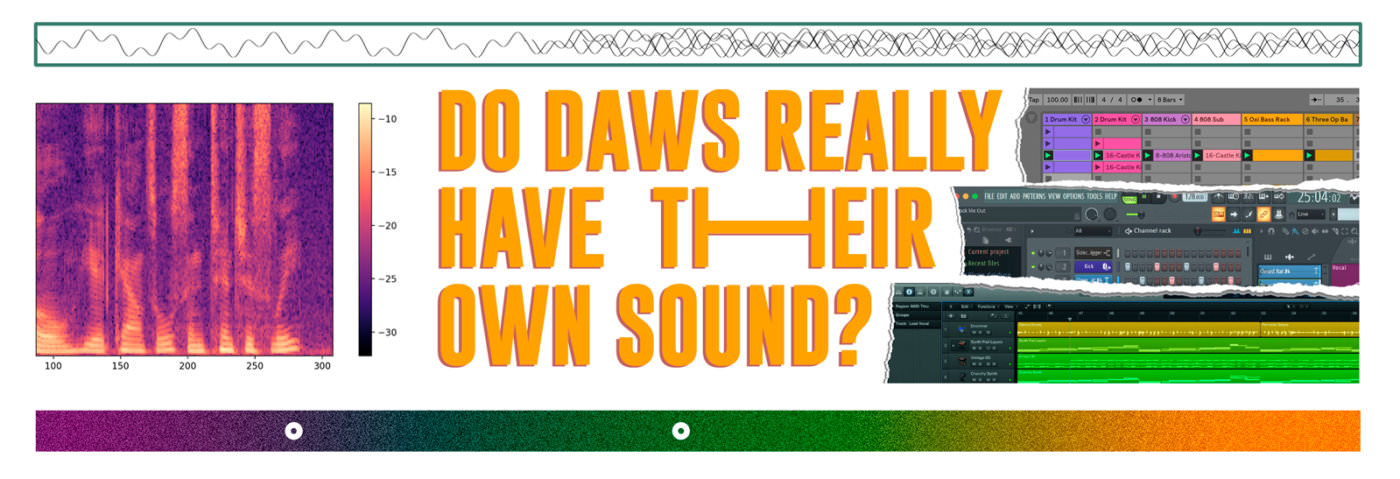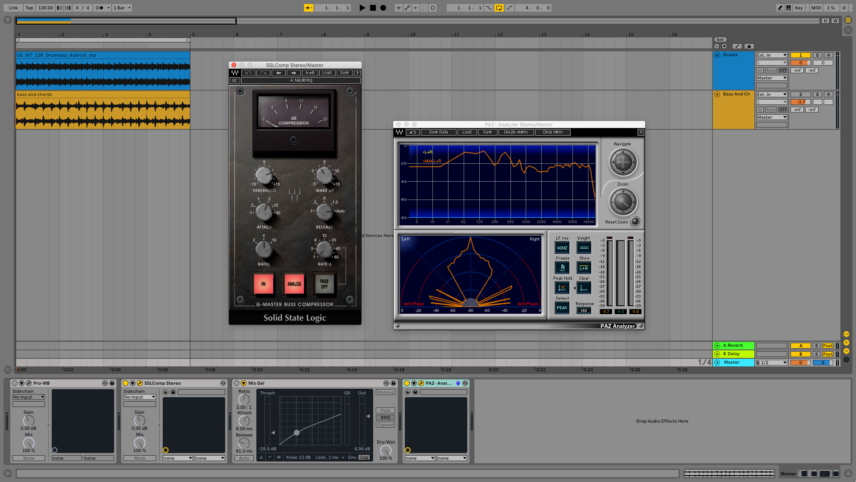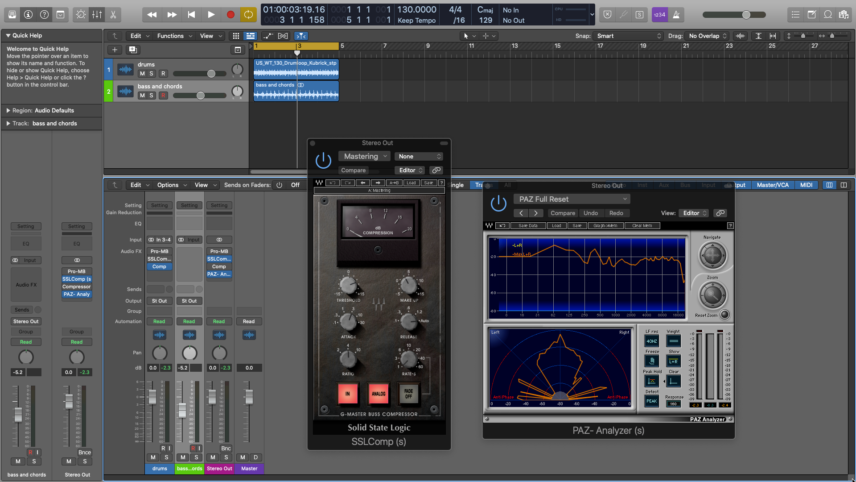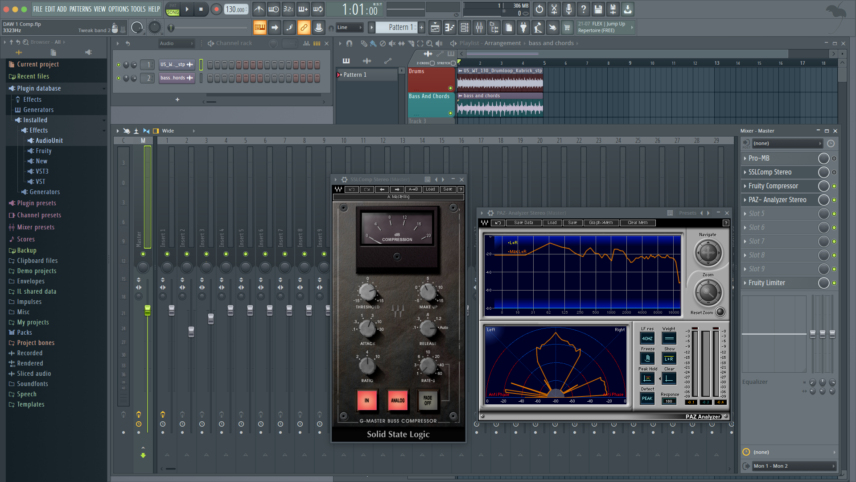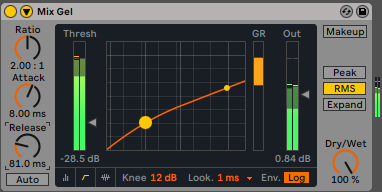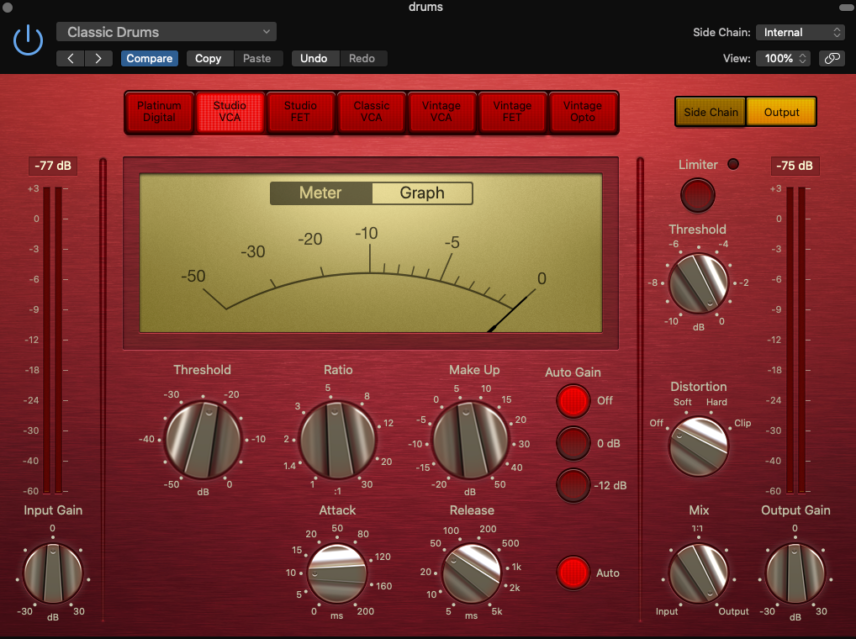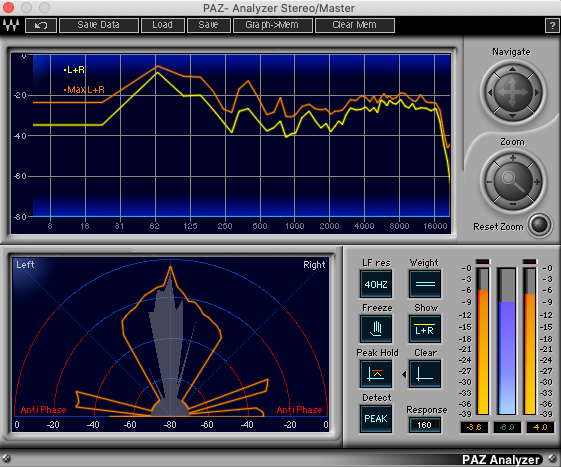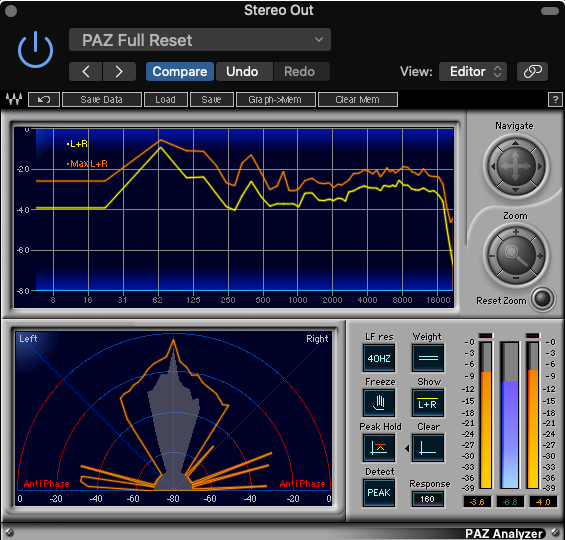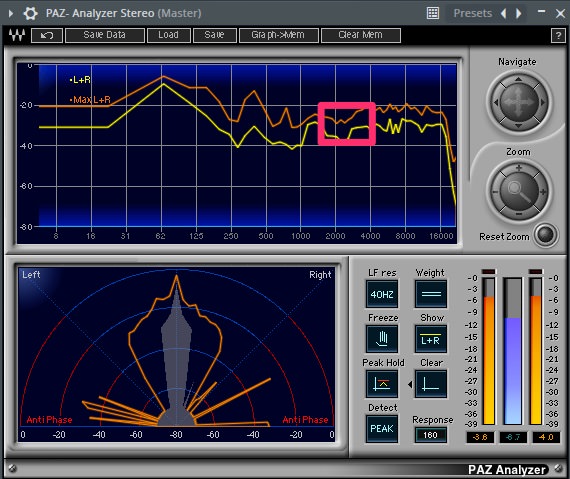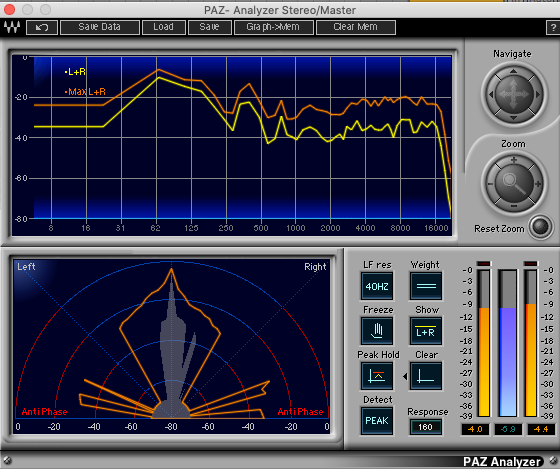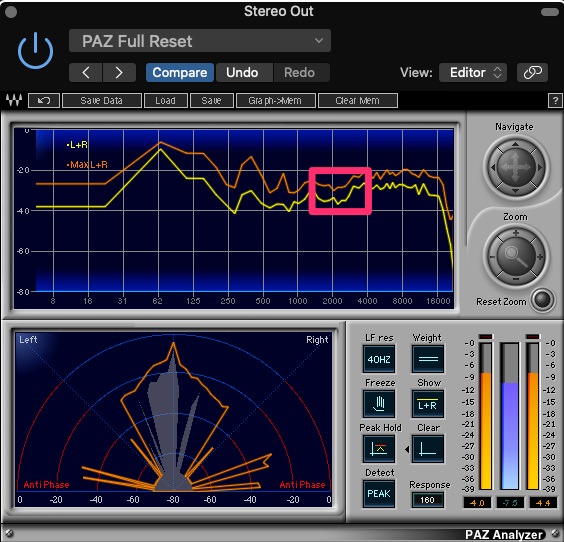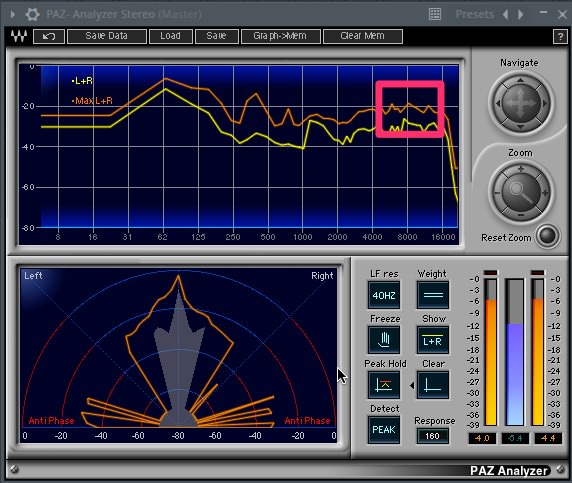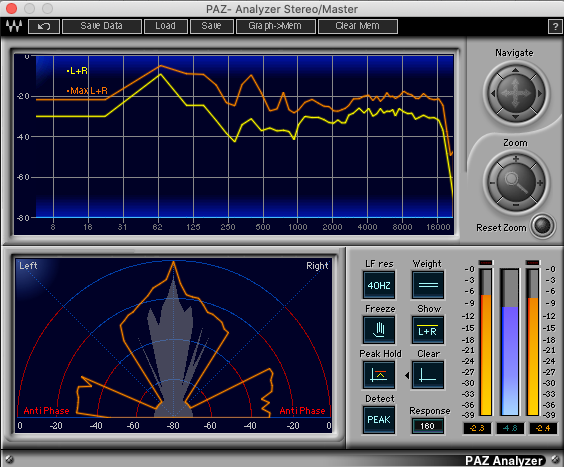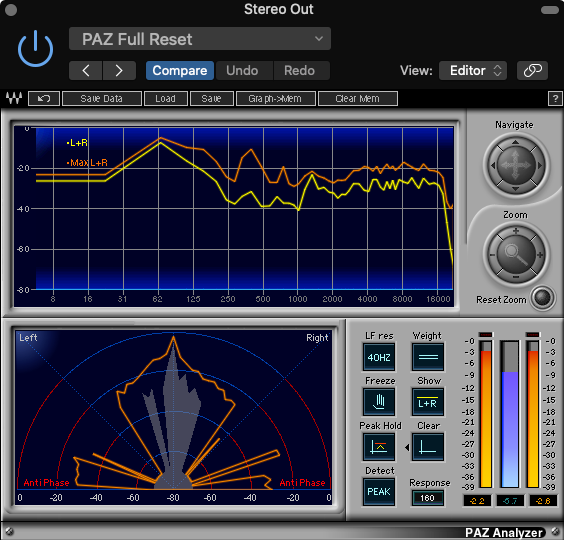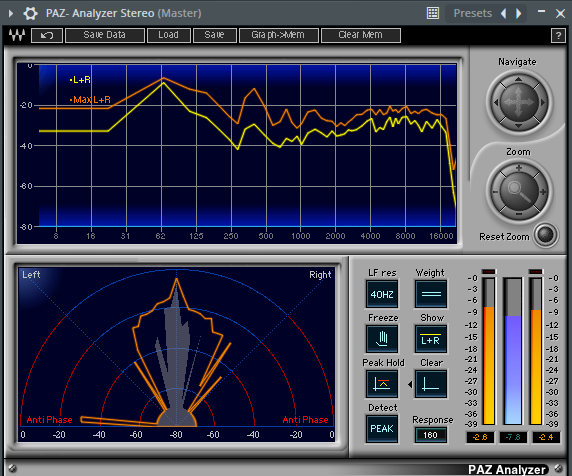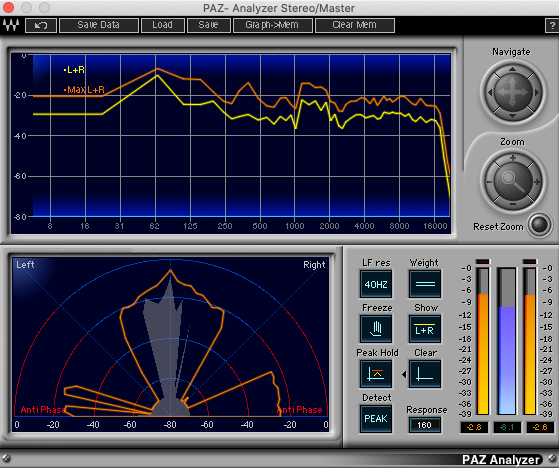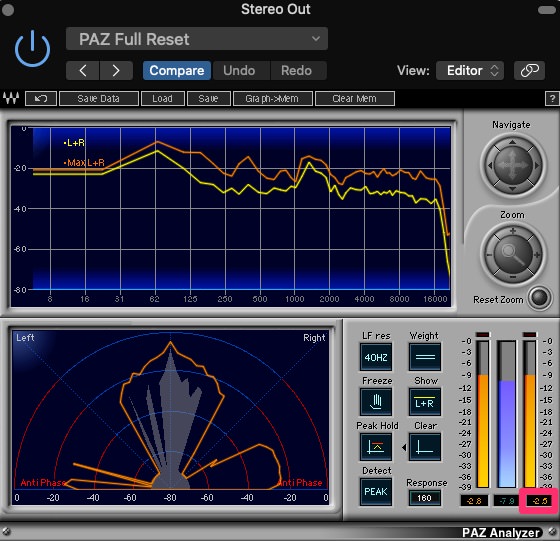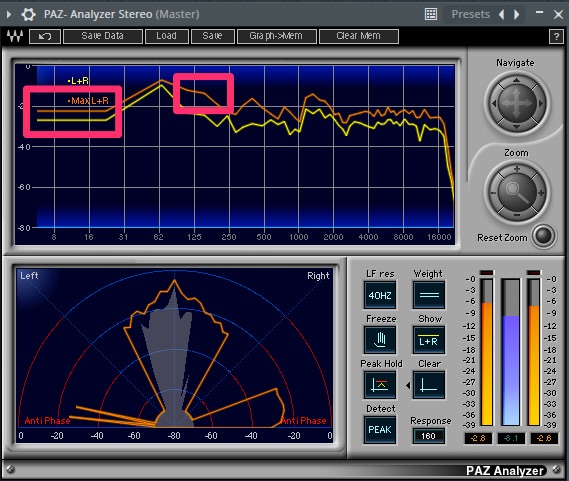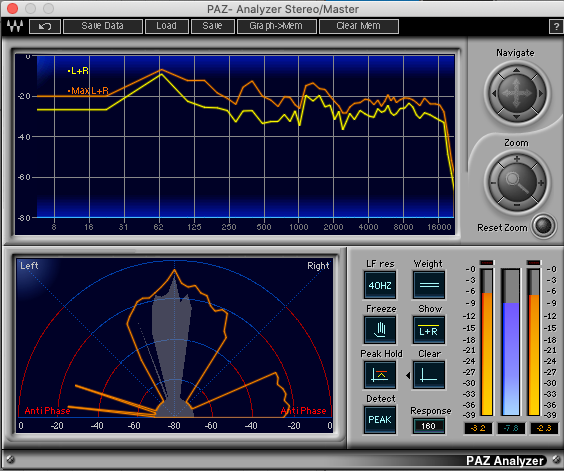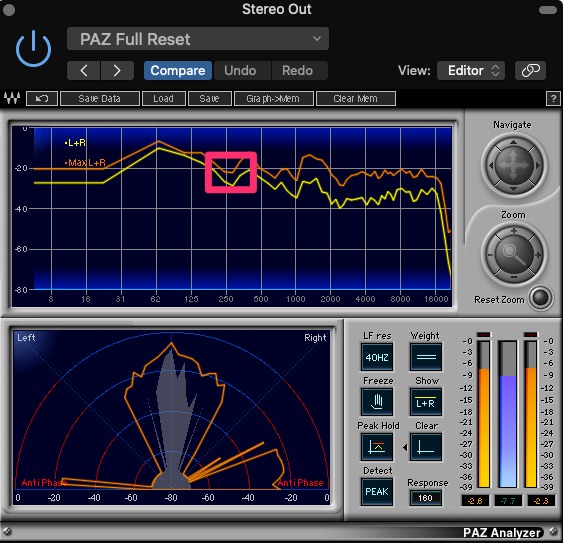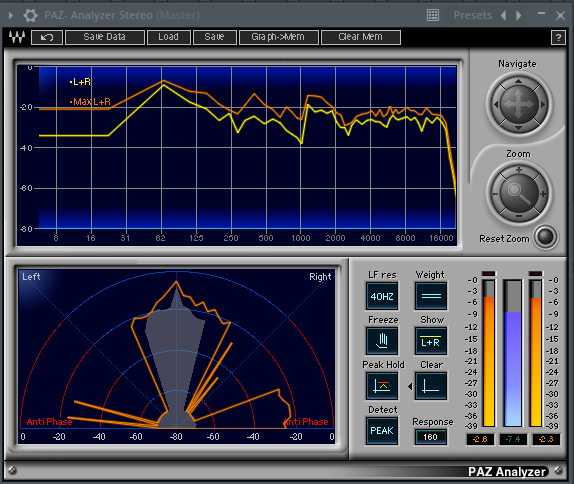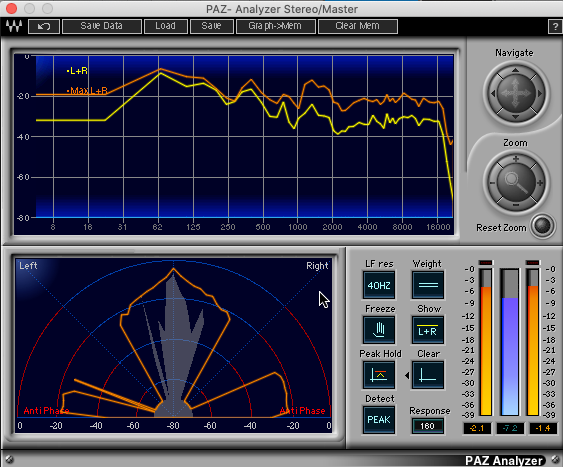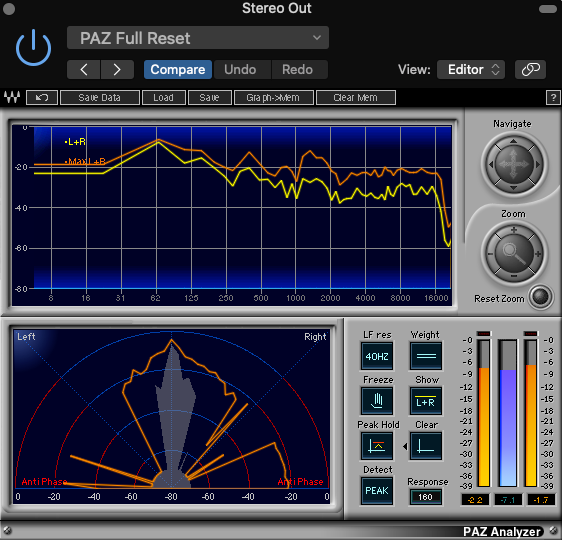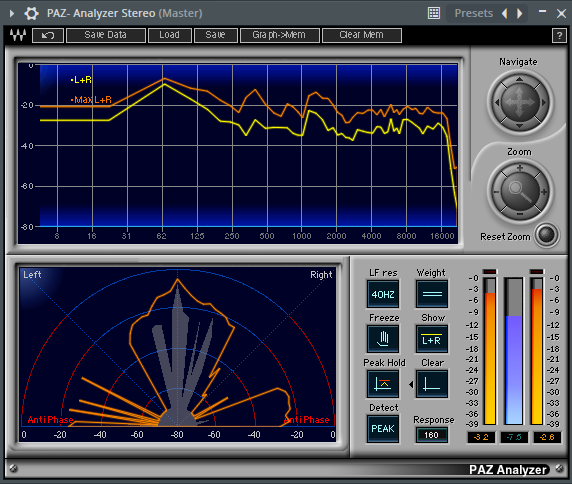In part one of a series, we attempt to answer the question that has plagued music production for years: do DAWs sound the same or do they indeed imprint a sonic signature on your music?
No matter the DAW you use, you expect it to be transparent and deliver your finished song as you intended it. But do different DAWs have their own sound? This is a question that has been debated in music producer forums for years. Many swear that FL Studio 20 is more bass-heavy, with an almost saturated tone. Some will argue that Ableton Live has a recognizable, pristine sound. It’s also said that Logic has a more ‘flat’ response, so some producers regularly compose in Live and then mix in Logic. But do they really sound all that different?
We decided to put this age-old question to the test by donning some white lab coats and doing a little experiment. We compared three popular DAWs—Ableton Live, Logic Pro X, and FL Studio 20—to see if the finished, bounced products do indeed sound different.
We decided to look at two elements, volume and frequency response. Is one DAW consistently louder than the others? Can we see definite, measurable differences in frequency between platforms? And most importantly, do they sound different to our ears? We examined the results both objectively, with an analyzer, and subjectively, by listening closely and critically to the bounced audio.
The Experiment
For part one of this series, we looked at compression. Dynamics are an integral part of mixing so it seemed the likely place to start. It’s also one of the more hotly debated topics of music production. You could almost say that people get their knickers in a twist over compression. What better place to start then?
We placed the same samples into the three DAWs and processed them identically, using the same plugins. We also treated them with the DAW’s stock compressor as a kind of variable. As we tend to think that louder sounds are ‘better’, we did our best to balance the loudness on the stock comps. We tested compression in two ways, on both the drum and master buss, to replicate how compression is commonly used in dance music production.
For this experiment, we used samples sourced from the UNDRGRND SOUNDS pack, Warehouse Techno.
We employed five different compressors for our experiment. Two were third-party dynamics plugins and the remainder were the stock compressors. We tested them one at a time.
Here are the compressors we used:
- FabFilter Pro-MB
- Waves SSL G-Master Buss Compressor
- Ableton Live Compressor
- Logic Pro X Compressor
- FL Studio 20 Fruity Compressor
We used Waves PAZ Analyzer to examine the frequency response of each bounce as well. The PAZ Analyzer displays frequency information across the top, stereo width on the bottom left, and peak levels on the lower right. We captured the images while audio was playing. For frequency analysis, we looked at the red (or peak line) across the top. (You can ignore the lower, yellow line, as it fluctuates from moment to moment depending on the source.)
First up, the drum buss.
Test One: Drum Buss
For the first test, we started by placing the drum loop, ‘US-WT-130_Drumloop_Kubrick_stp’, on an audio track as a stand-in for a drum buss channel. Again, we wanted to see if there are consistent differences in volume and frequency response across the three DAWs.
FabFilter Pro-MB
We started with FabFilter’s multiband compressor, Pro-MB. Subjectively, the three examples sound similar when processed through the Cut Through 01 bM preset. Looking at the frequency analysis, we see that they are also nearly identical. FL Studio 20 does show a small peak at around 2200Hz while the others are more rounded here (see image). There’s no discrepancy in terms of volume, however.
Waves SSL G-Master Buss Compressor
For the next round, we used the SSL_Center_Classic_Compressor preset on SSL G-Master Buss Compressor. In all three DAWs, the audio is subjectively the same. When we examine the frequency spectrum, they are extremely similar as well, although there are some minor differences in the 2kHz to 8kHz range. Logic seems to have a moderately peakier response at 2kHz than FL Studio or Live, while FL Studio has a slightly less rounded response at 8kHz. The volume response is the same across all three.
As expected, this part of the experiment yielded the most disparity.
Stock Compressor
Lastly, we tested the stock compressors in each DAW. For Live, we used the Compressor (with the Mix Gel preset), for Logic, it was the standard Compressor (in Studio VCA mode), and for FL Studio we used the Fruity Compressor with knee in Hard mode. As expected, this part of the experiment yielded the most disparity, at least subjectively. The Live result is fairly tight, while both the Logic and FL bounces are bassy. Visually they are fairly similar.
Although we tried to match settings and volume, the differences in compressor behaviour likely account for the variation in sound. While Logic gives you the option to choose from among different compressor types, the other two do not. We are guessing that Live and FL Studio’s stock comps are VCA types, which are the most transparent and therefore the most likely for a compressor intended for broad dynamics applications. Assuming they’re all VCA compressors, even then, differences in the underlying code would affect how they process the sound, even with similar settings.
Test Two: Master Buss
We duplicated the experiment, this time using compression on the master buss. We also added two more samples, ‘US_WT_130_BassLoop_Shuffling_D’ and ‘US_WT_130_Synthloop_Detroitcity_F#’, to fill out the sound.
FabFilter Pro-MB
For the master buss test, we chose the Dynamic Goodness bM preset. It was a little loud so we lowered output to -2.5dB. Again, as with the drum buss, the subjective listening results were fairly indistinguishable. Looking at the frequency analyzer, however, we can see a few small differences in the FL response, particularly at the extreme low end and at 125Hz. The Logic master buss was also 0.1dB quieter.
You’d be hard-pressed to say there was a noticeable difference in the sound.
Waves SSL G-Master Buss Compressor
We set our SSL G-Master Buss Compressor to the Mastering preset for this stage of our experiment. You’d be hard-pressed to say there was a noticeable difference in the sound. When examining the frequency response, however, the Logic loop looks to have a slightly different frequency response around 250Hz, with more of a bowl-like dip.
Stock Compressor
For Logic, we again used the Studio VCA type of the Compressor. With Live, we once more went with the Mix Gel Compressor. And for FL Studio, we employed the Fruity Compressor, again in Hard mode. We tried to use as similar settings as possible to generate a uniform compression feel across the three DAWs.
As with the Drum Buss section, the stock compressor stage had the most variation, again likely due to the differences in the compressors themselves. However, the differences were much less pronounced this time. Note that the volume peak differences were caused by errant spikes brought on by the compressors. We used a separate analysis plugin, MLoudnessAnalyzer from Melda Production, to balance by LU (Loudness Units).
Conclusion
Although there may be the occasional slight variation between the three plugins in terms of frequency response or loudness, the overall results show that the three DAWs are largely the same, at least when it comes to compression. There was no one single DAW that we could point to and say, ‘Aha, that one is different’.
With such negligible differences, why do people believe they sound different? Certainly, as we saw with the stock compressor variable, the built-in effects are different. Using only stock effects could result in a different sound, just as using Waves plugins would yield a different result than Soundtoys. It’s also possible that in their early days, the DAWs did have more of a unique sonic character, and although that has since been programmed out, the reputation remains.
Let’s also not forget that humans are prone to all sorts of subjective biases. We are not the best at judging things completely objectively. Is there an expectation of difference that’s getting in the way of our listening?
Don’t put your lab coats away just yet. Next time we’ll run a similar series of tests using equalizer plugins. Could these be the culprit? In the future, we may also look at effects chains, another possible contributor to a DAW ‘sound’.
